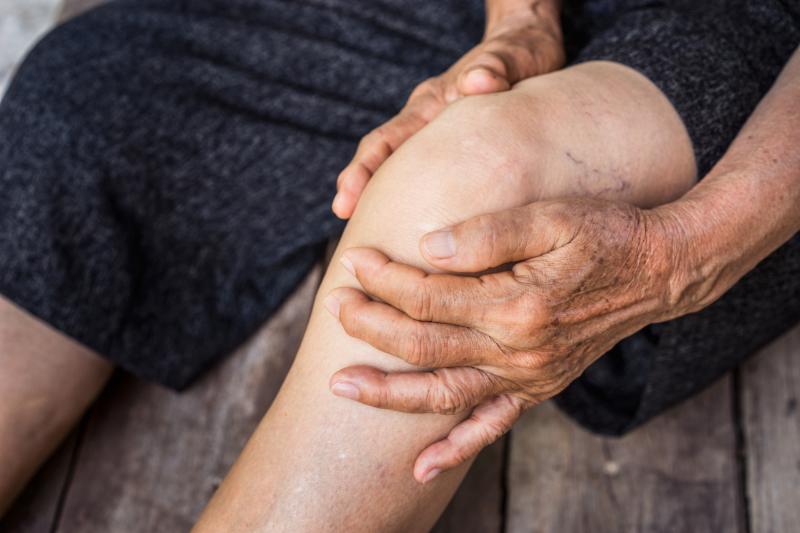
Radiofrequency (RF) ablation and neuromodulation modalities for knee osteoarthritis (OA) potentially improve pain, functionality and disease-specific quality of life (QoL) for up to 3–12 months with minimal localized complications, according to the results of a systematic review.
Researchers searched multiple online databases for studies evaluating clinical outcome measures and adverse events related to RF modalities for knee OA. They performed a qualitative analysis of outcomes including pain scores, physical function measures QoL, patient satisfaction and adverse events for ≥3 months of postprocedure follow-up.
The review included 33 studies (13 randomized controlled trials [RCTs], two nonrandomized comparative studies and 18 noncomparative cohort studies) with 1,512 patients (mean age, 64.3 years; 32.5 percent male). Methodological quality was considered moderate or high in all studies.
All studies showed RF modalities to be effective at alleviating OA-related knee pain from baseline until 3–12 months, with six comparative studies reporting 65.5 percent of patients in the RF group vs 19.3 percent in the control group achieving >50 percent pain relief. Disease-specific QoL (three studies) also improved with RF.
All but one of 28 studies with data for functional outcomes reported favourable results with RF, with functionality improving from baseline up until 3–12 months.
In terms of patient satisfaction, eight of 10 studies indicated that patients were significantly satisfied after RF procedures. Four comparative studies reported that 56 percent of patients in the RF group and 32 percent in the control group were 'extremely satisfied' or 'satisfied'.
Finally, adverse events (AEs) data were available in 29 studies, of which 20 documented no occurrence of RF-related AEs. The remaining nine studies recorded minor localized AEs. There were no reports of serious knee-related AEs with RF modalities in all studies.
In light of the findings, the researchers highlighted RF modalities as an effective adjunct therapy for knee OA patients who are unresponsive to conservative therapies. More trials with larger sample sizes and long-term follow-up that directly compare the primary RF modalities are needed.